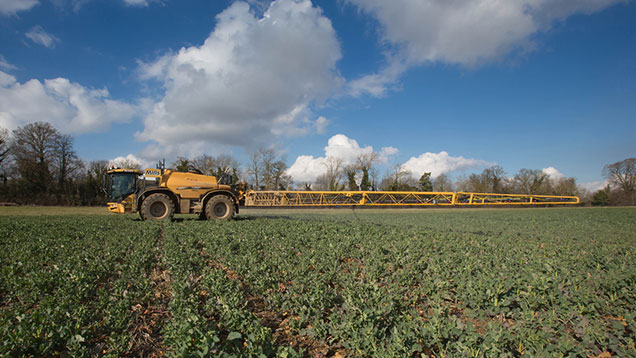Light leaf spot trumps phoma as top oilseed rape disease
 © Tim Scrivener
© Tim Scrivener Light leaf spot has overtaken phoma as the number one disease in oilseed rape, halving yields where disease pressure is severe.
A Farmers Weekly Academy aims to help farmers brush up on their knowledge of this disease, including the causes, risk factors and how farmers can manage it.
See also: FW Academy: Tips on maximising hybrid oilseed rape yields
The reason why it has overtaken phoma as the most important disease is that recent seasons have favoured its development and many popular varieties have relatively poor natural resistance to the pathogen.
Another key change is that it is no longer just a disease affecting the North and Scotland, being as prevalent in oilseed rape crops in the South.
Adas research scientist Julie Smith highlights that during the past three seasons, Fera’s CropMonitor survey has detected light leaf spot in more than 85% of English oilseed rape crops. The average over the past decade is just 54%.
There is a robust fungicide armoury to control the disease, but the difficulty comes in identifying its symptoms and recognising it as a risk.
This is because lesion on leaves can be mistaken for fertiliser scorch or herbicide damage, and are difficult to see on wet leaves.
Read the full Managing light leaf spot module and take the test.

